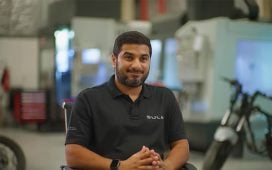ESG is not another social media acronym or youth phone slang. It stands for Environmental, Social and Governance and if you as a marketer or agency don’t speak, or even better do ESG, your brand is at risk.
Compared to the early days of digital, it’s not just about conversation rates or engagement; when you get sustainability wrong, you jeopardies your brand and its legacy as people turn against it and scream “Greenwashing!”. There’s a real lack of knowledge and education in the industry and this shows in how most brands engage people around ESG.
Yes, people want to know where their food comes from, what the packaging is made of, or how you treat your workers, but wallpap
To continue reading this article you need to be registered with Campaign. Registration is free and only takes a minute. Register Now or sign in below if you already have an account.









